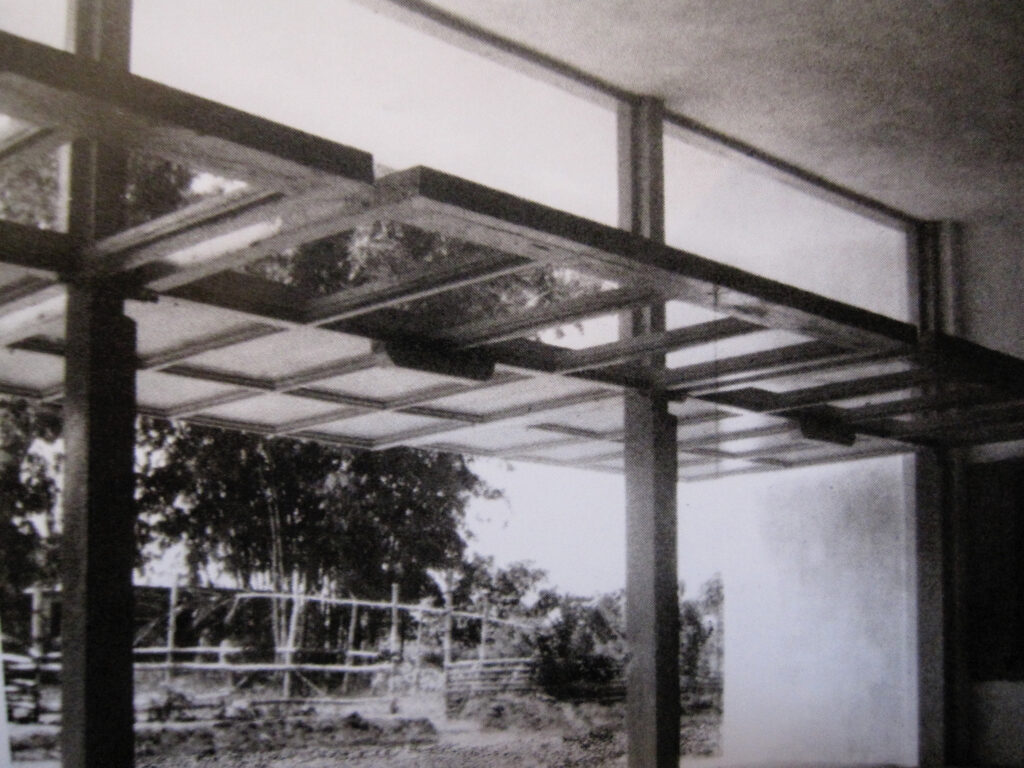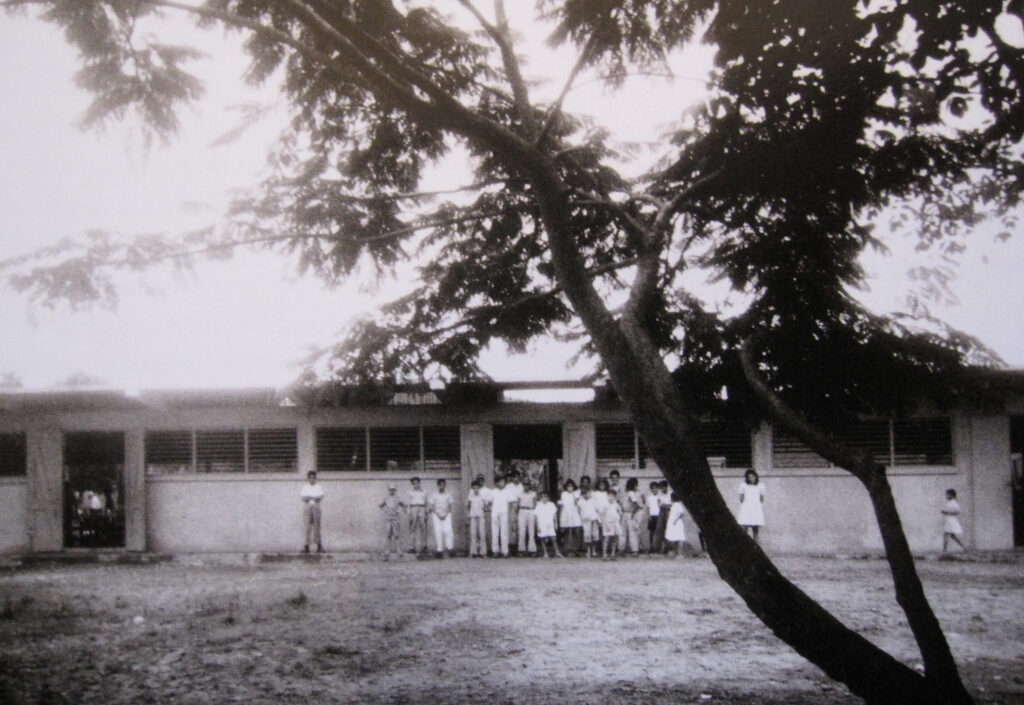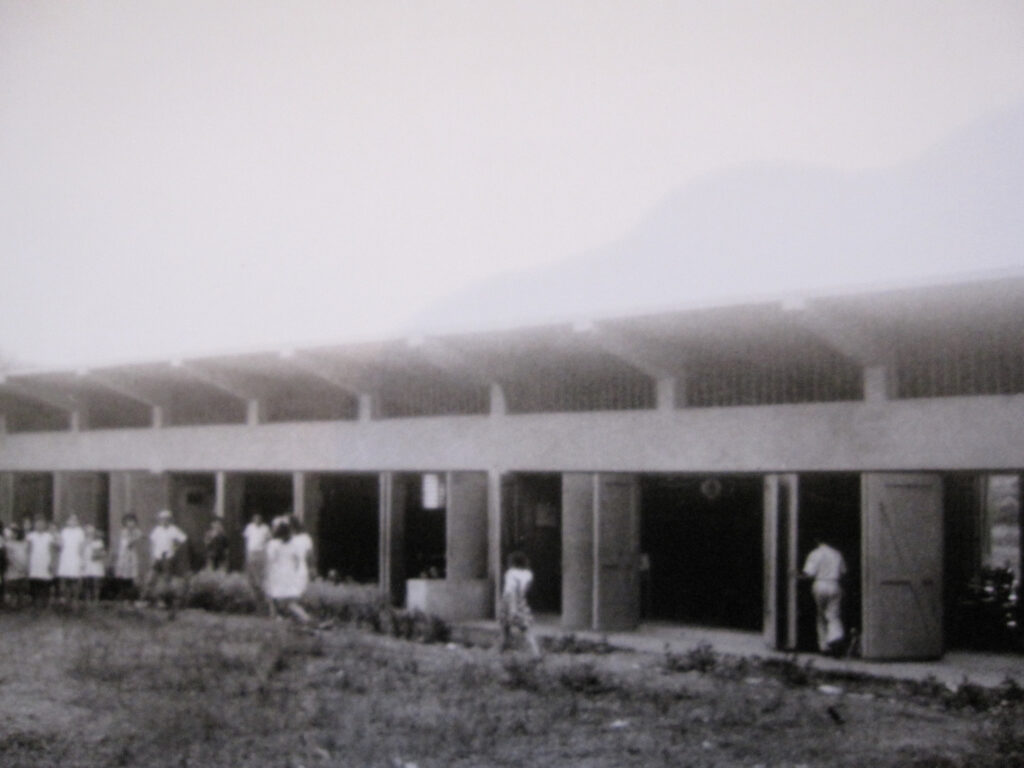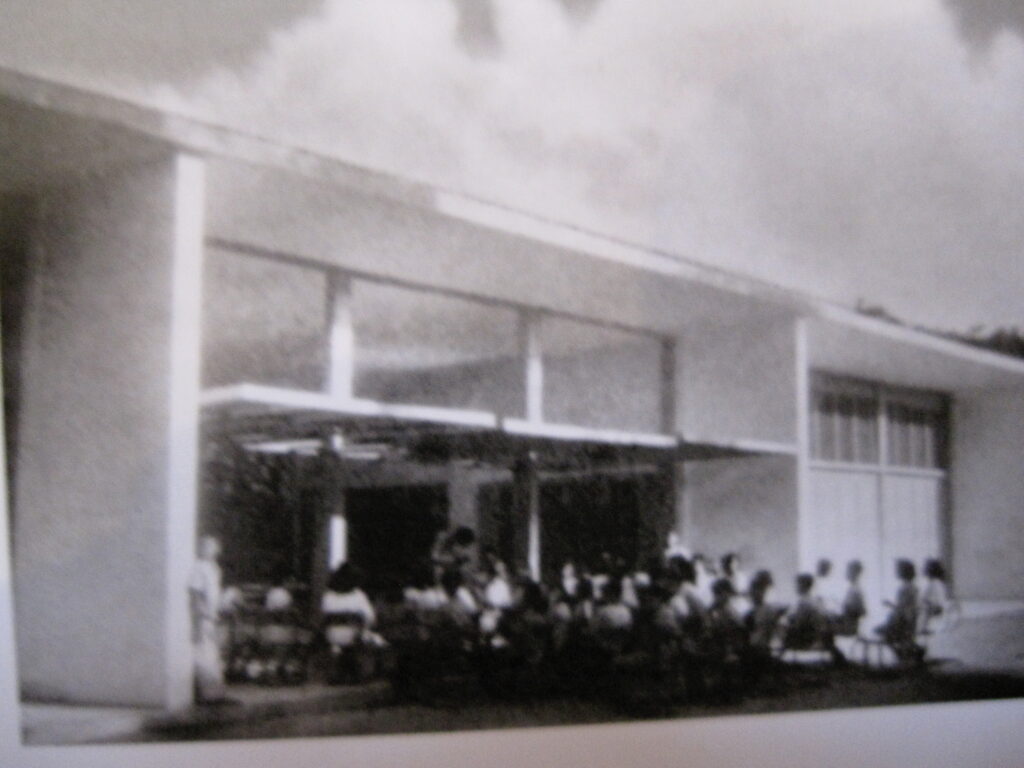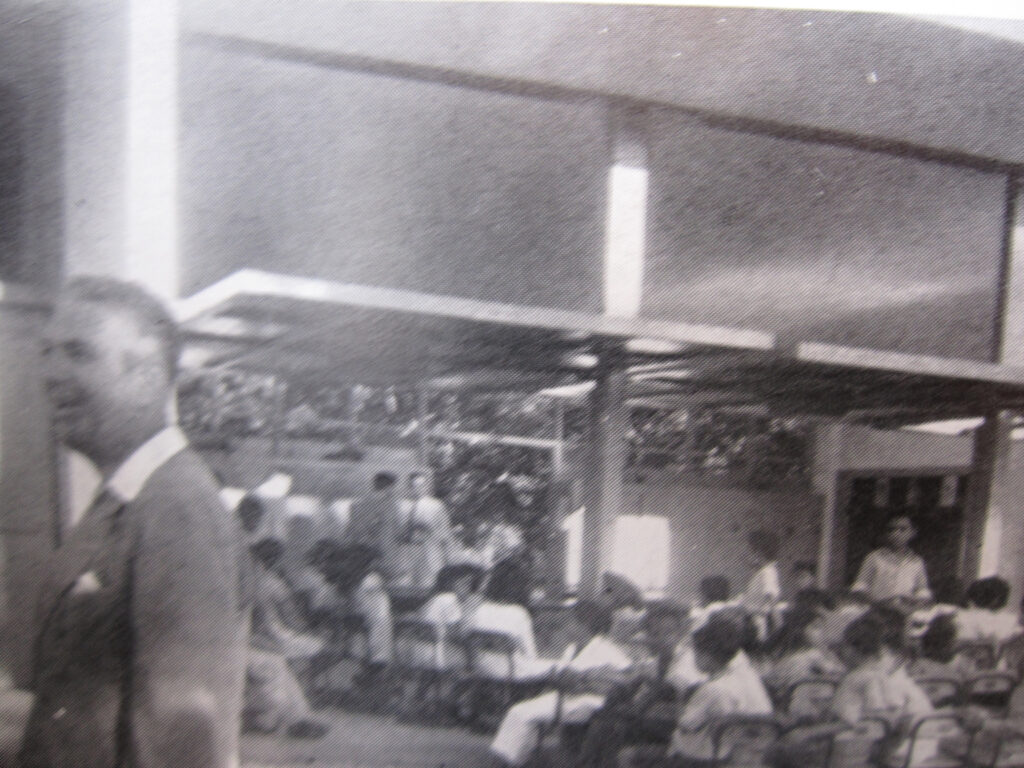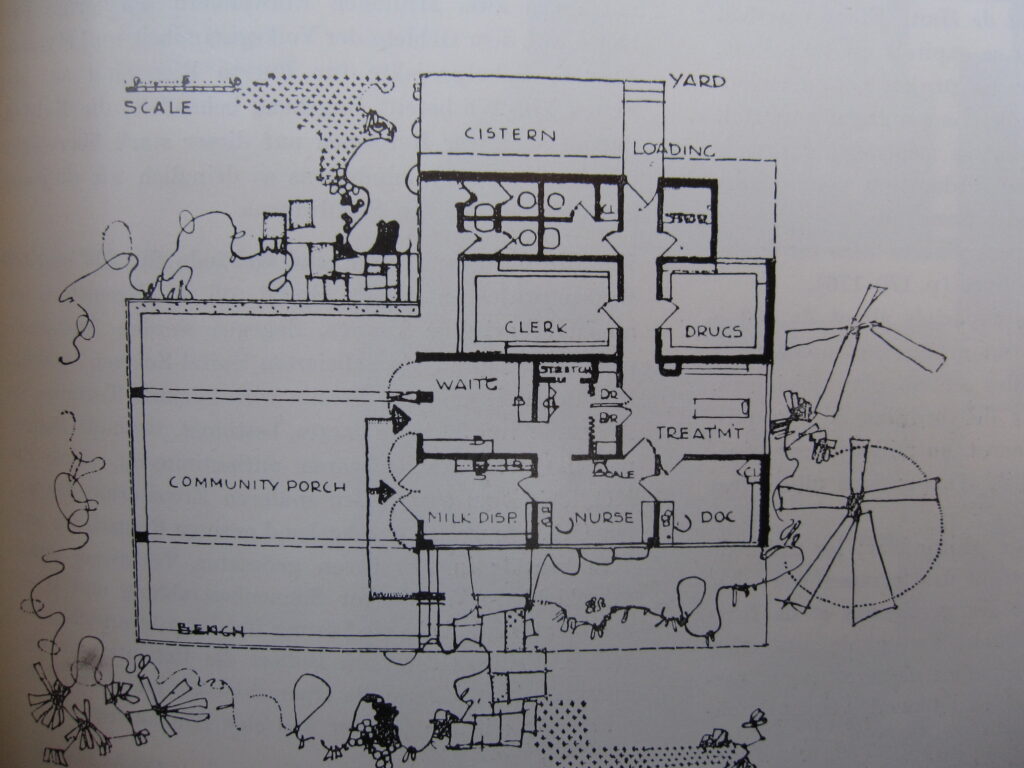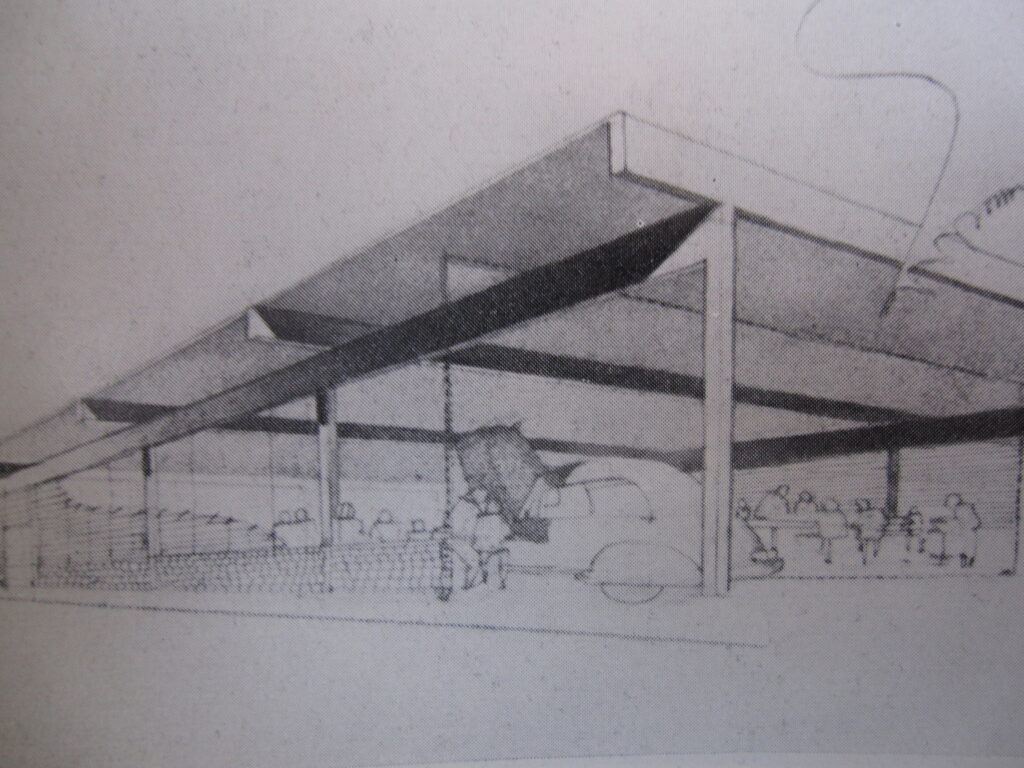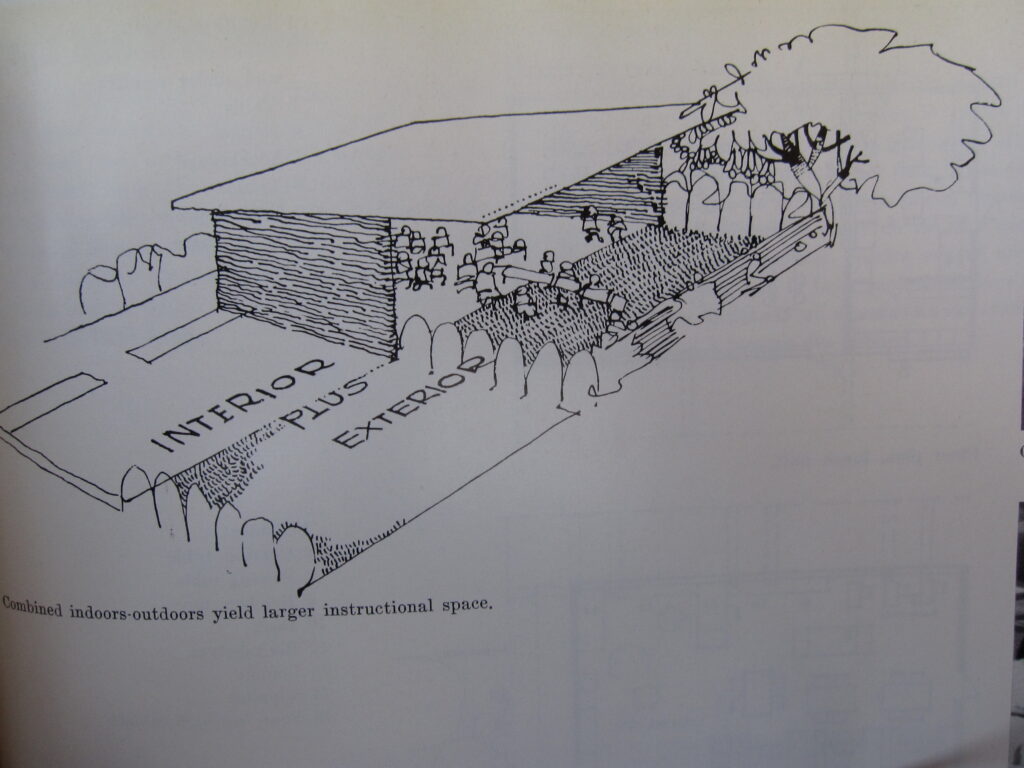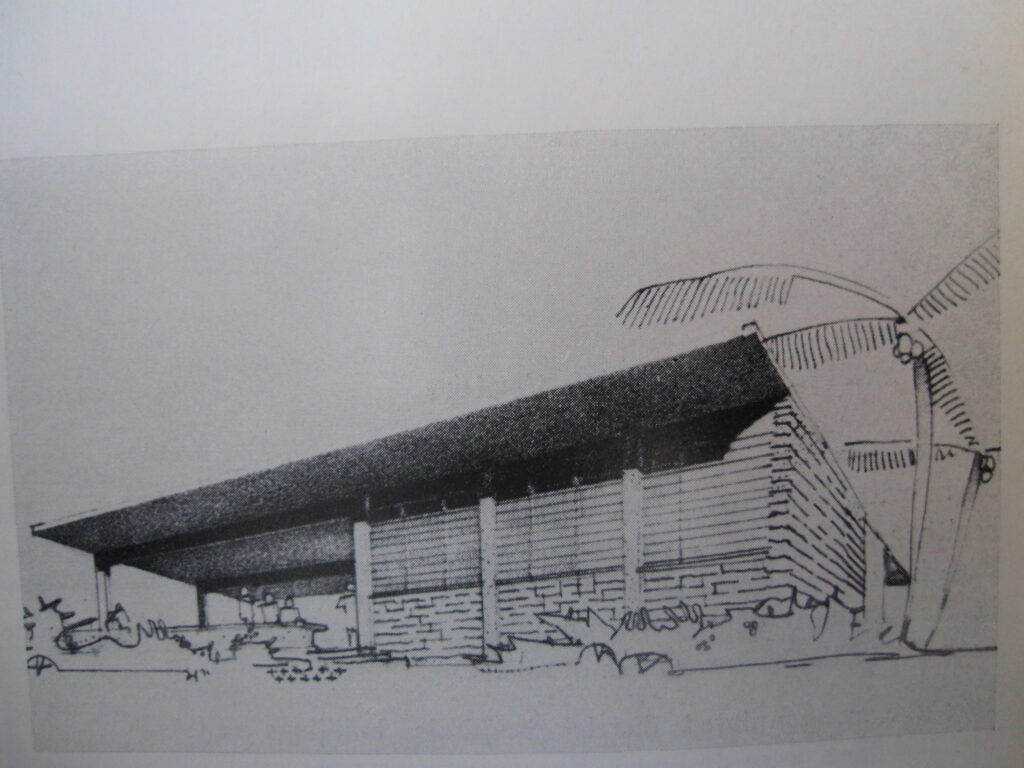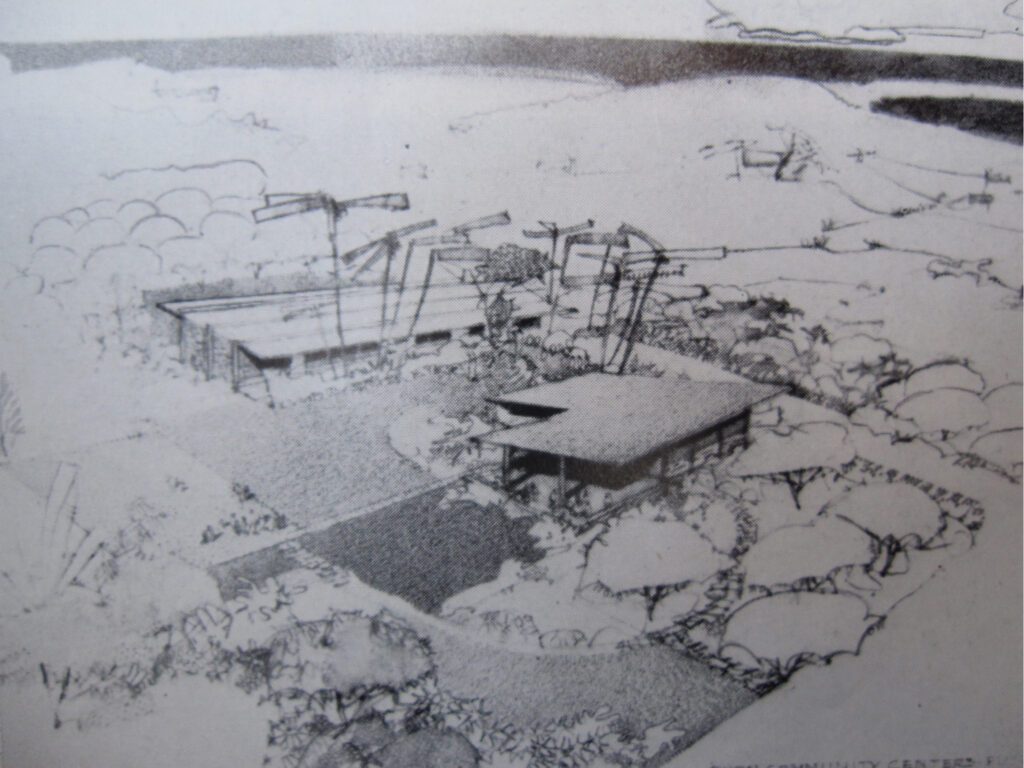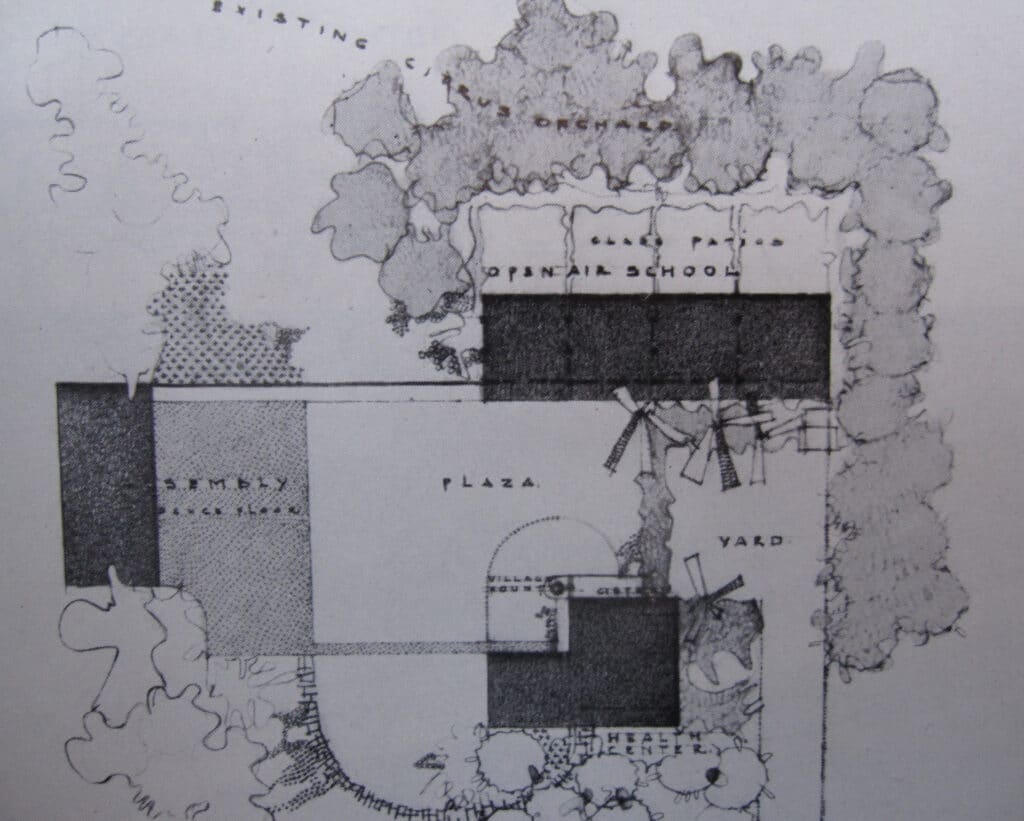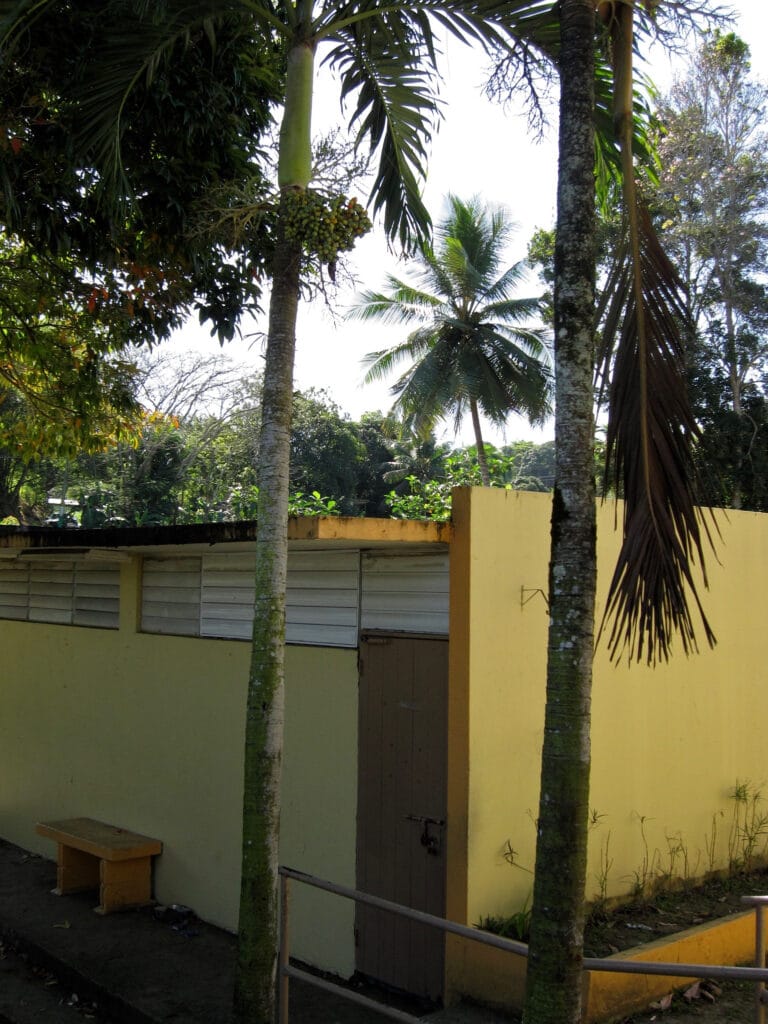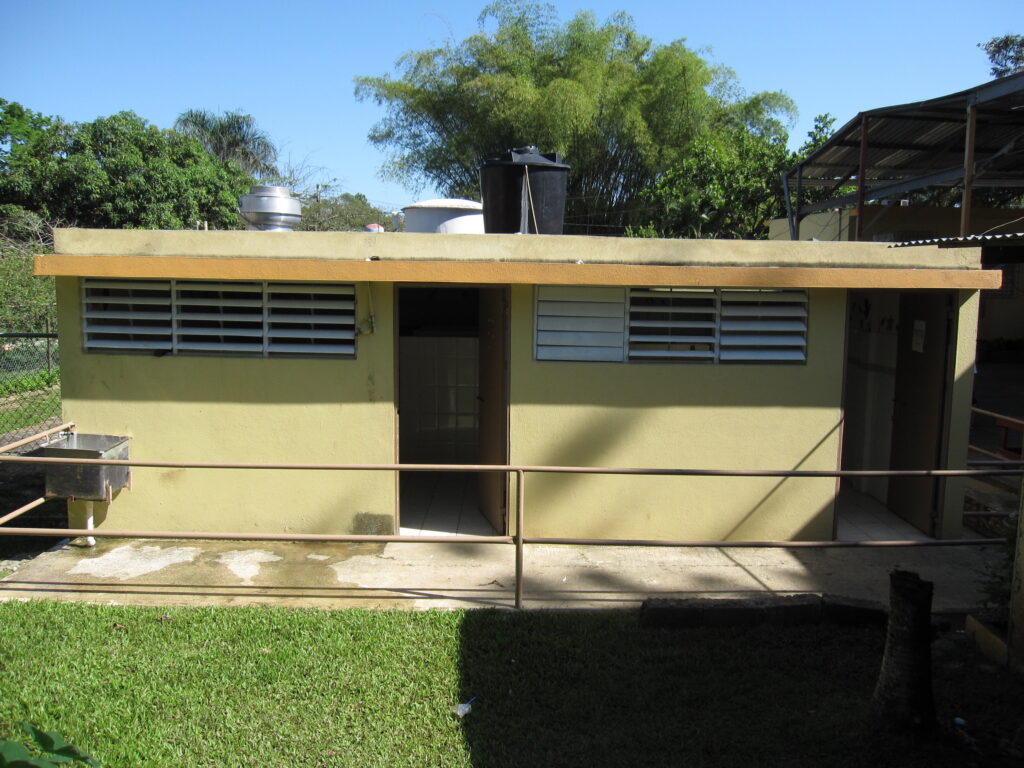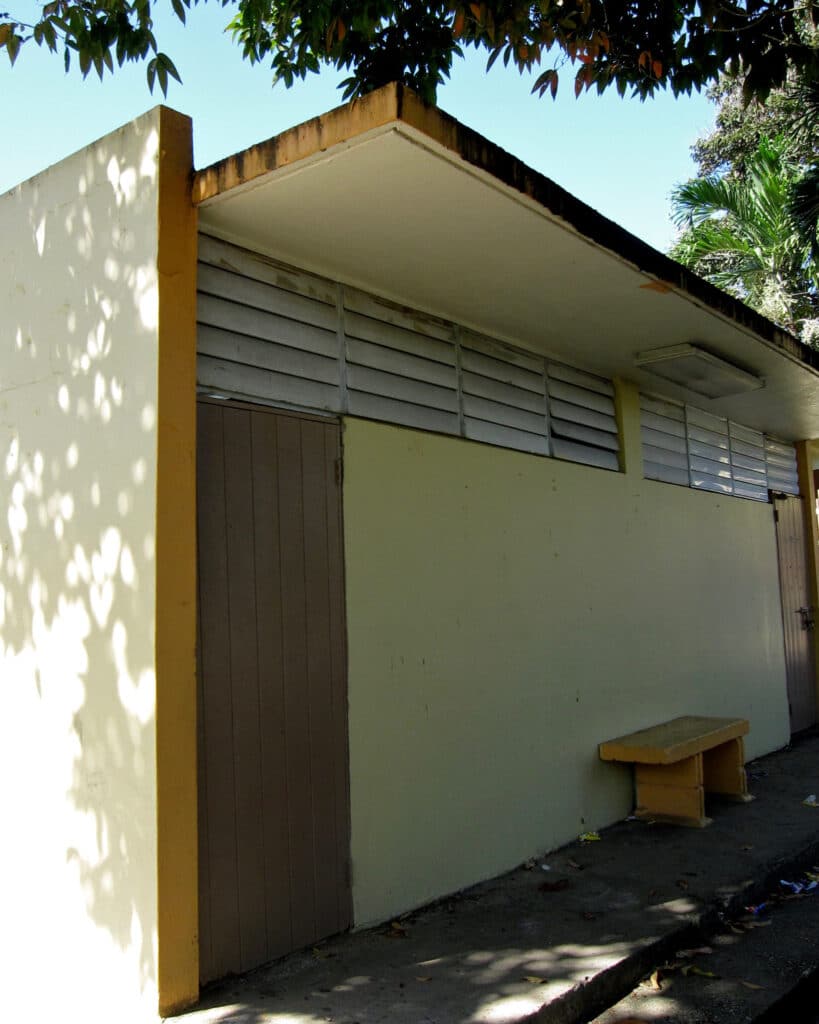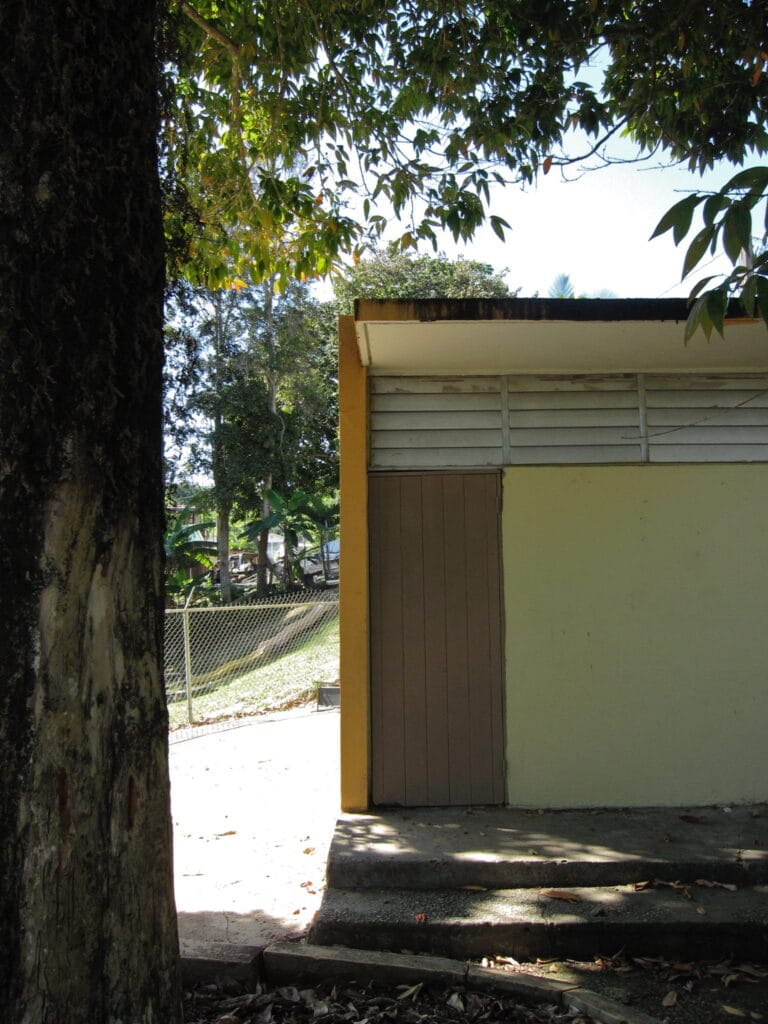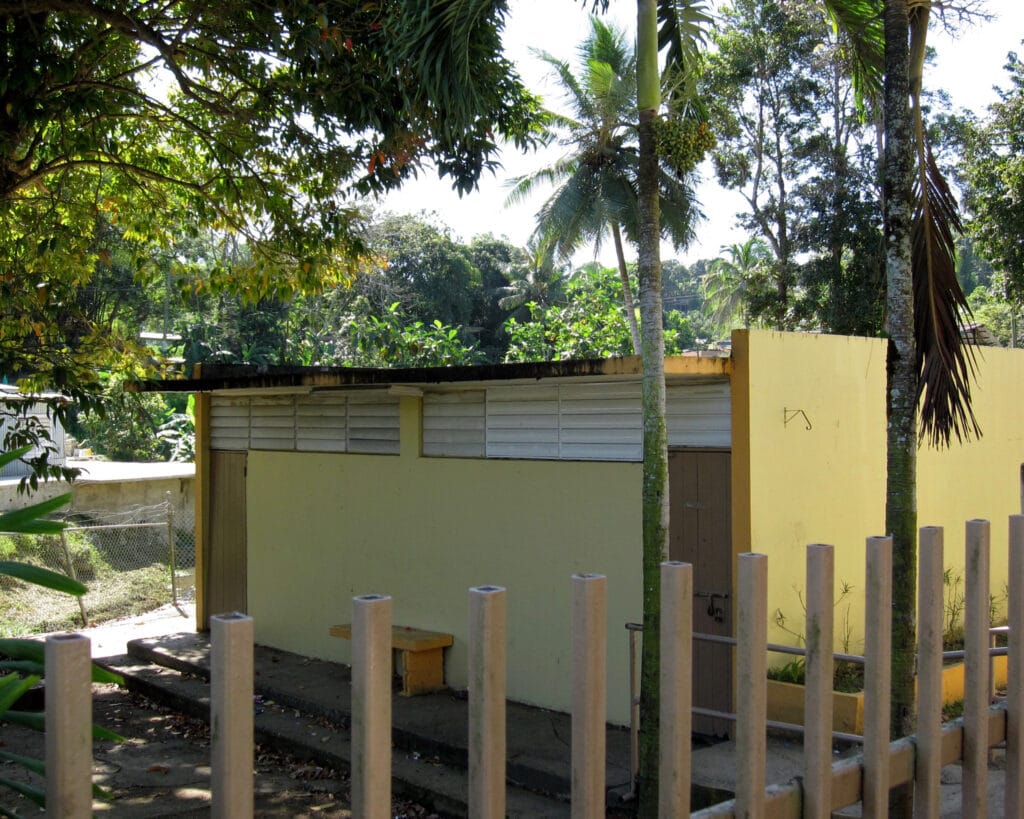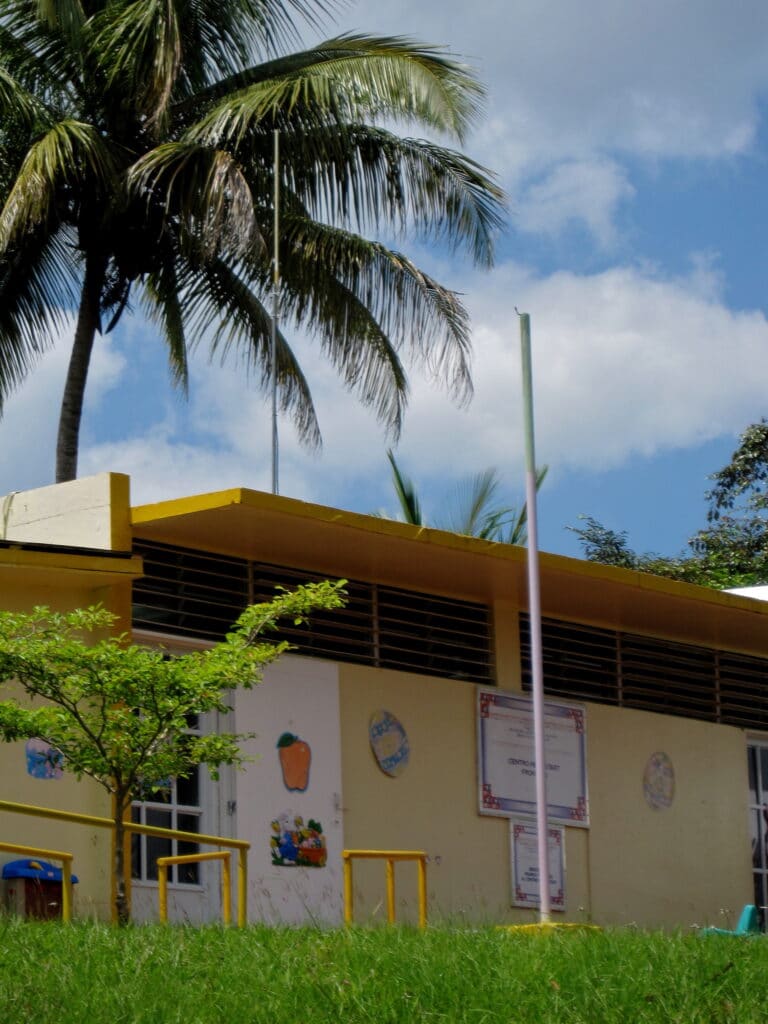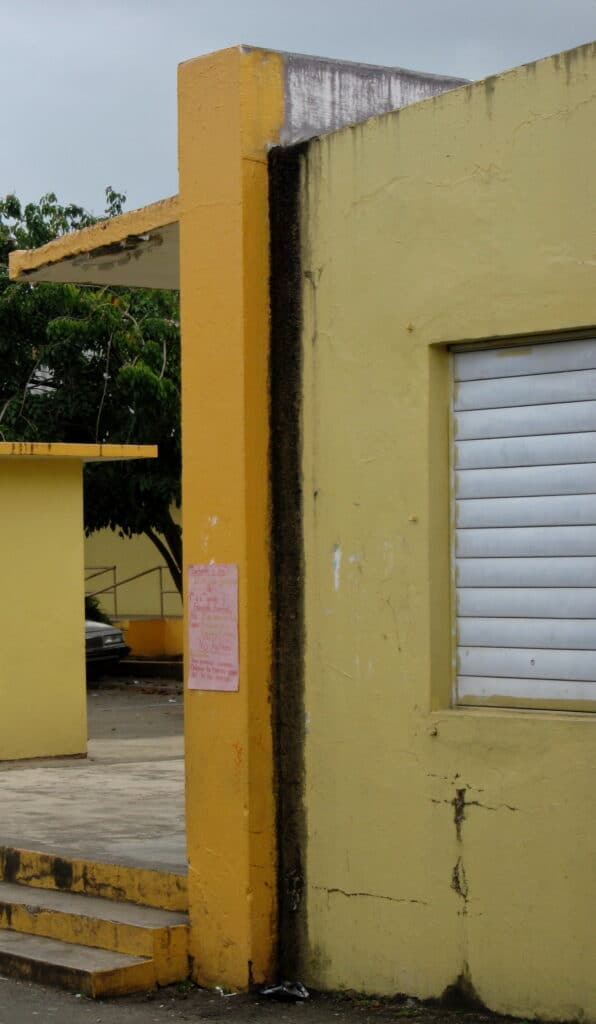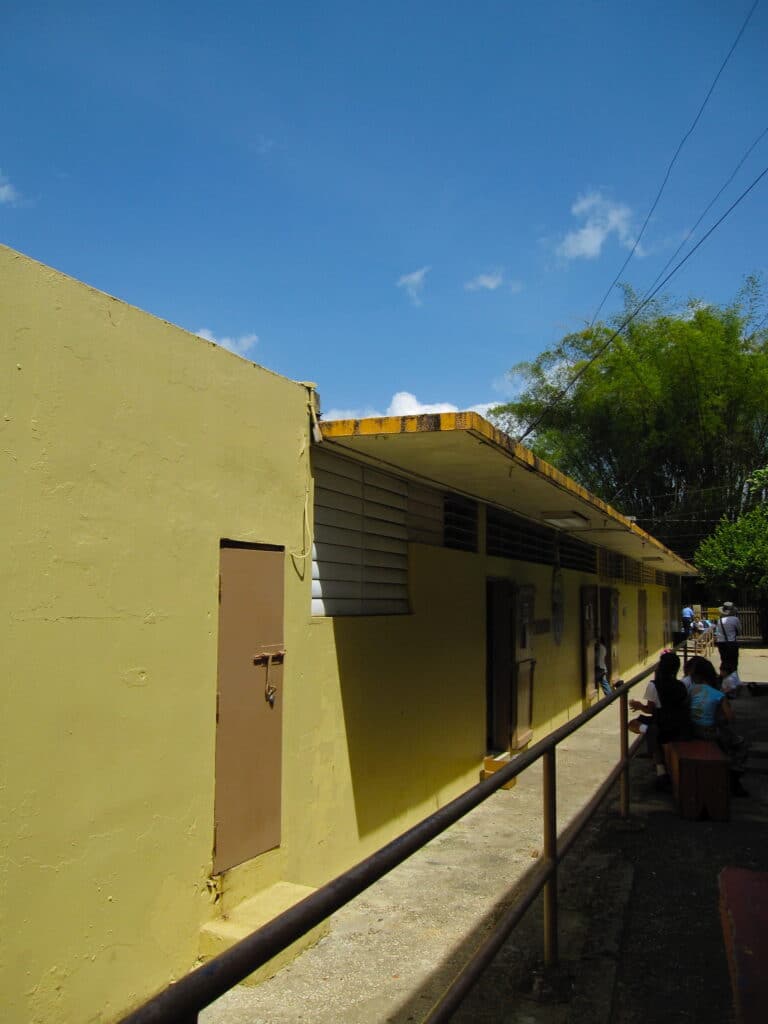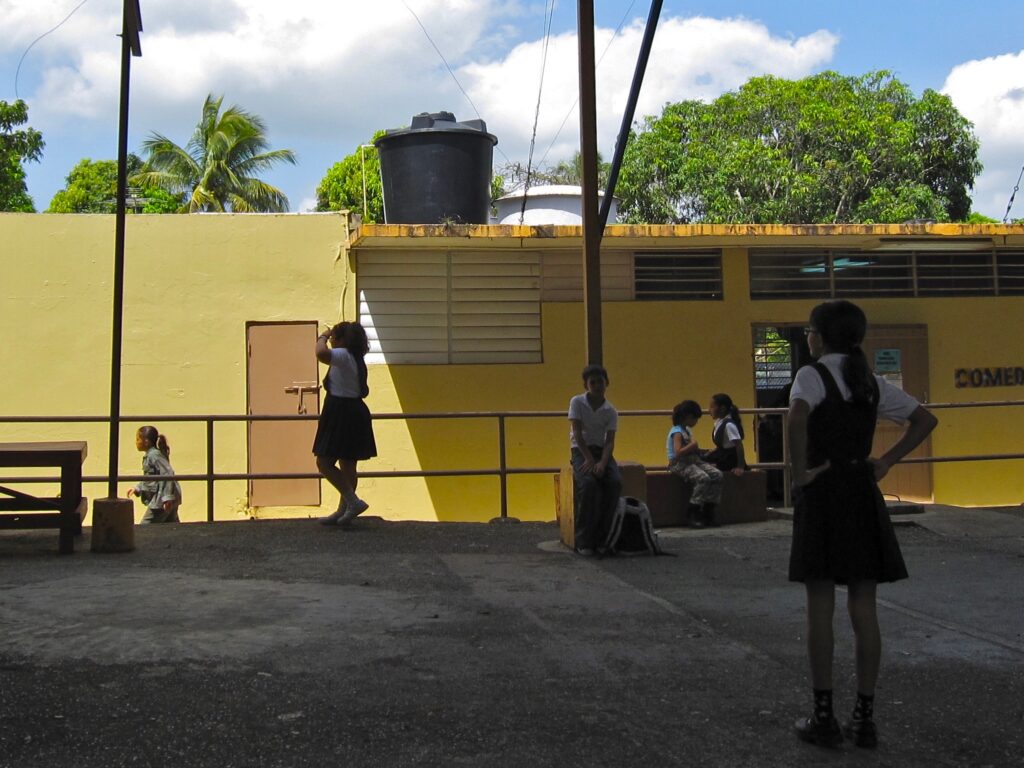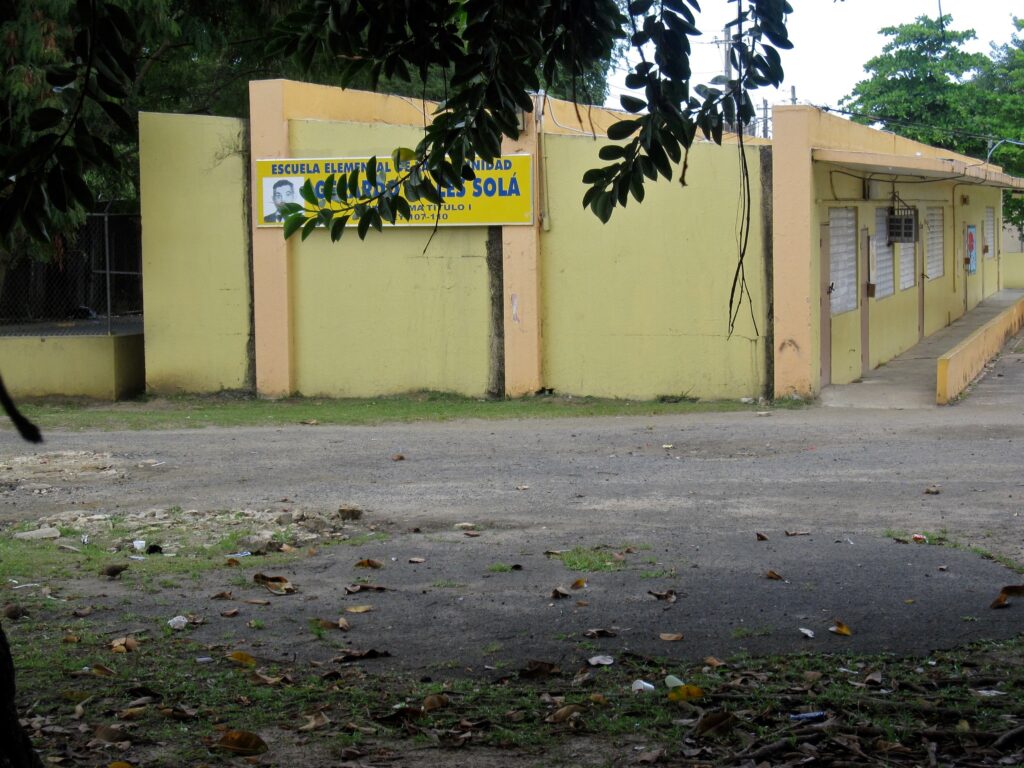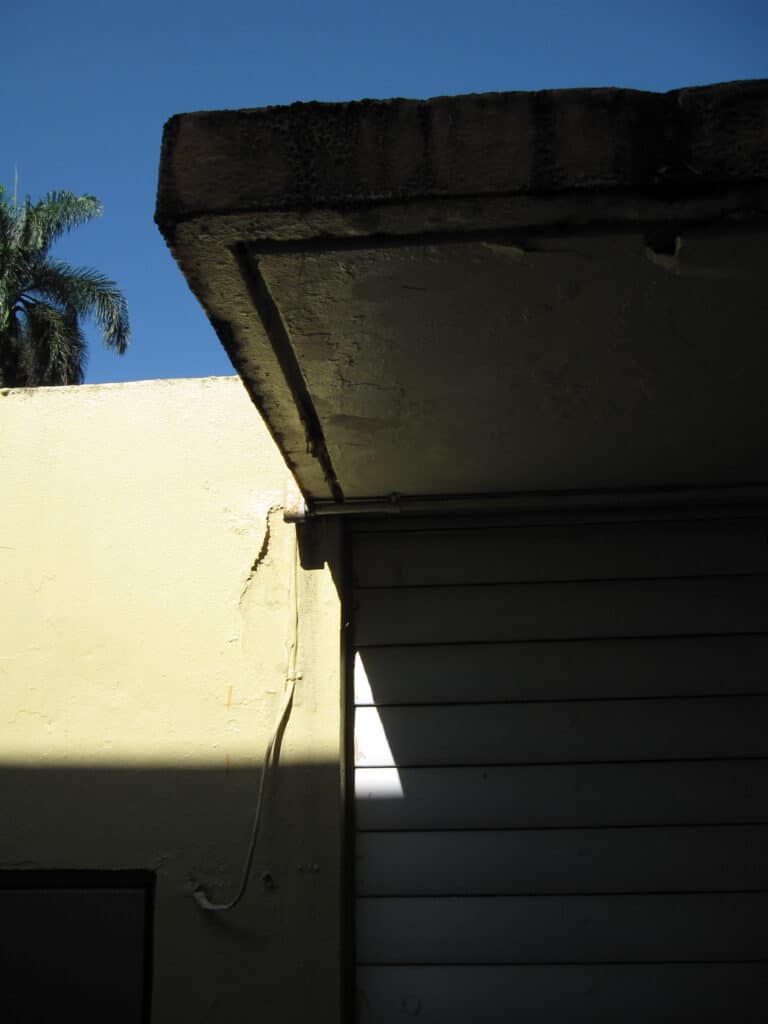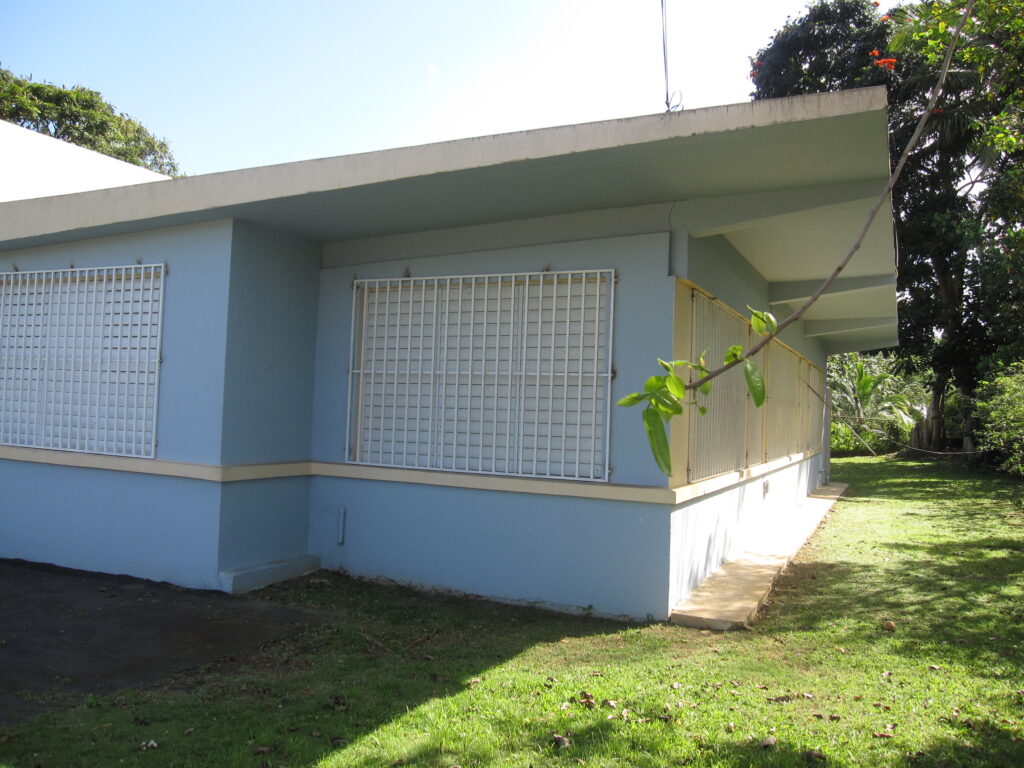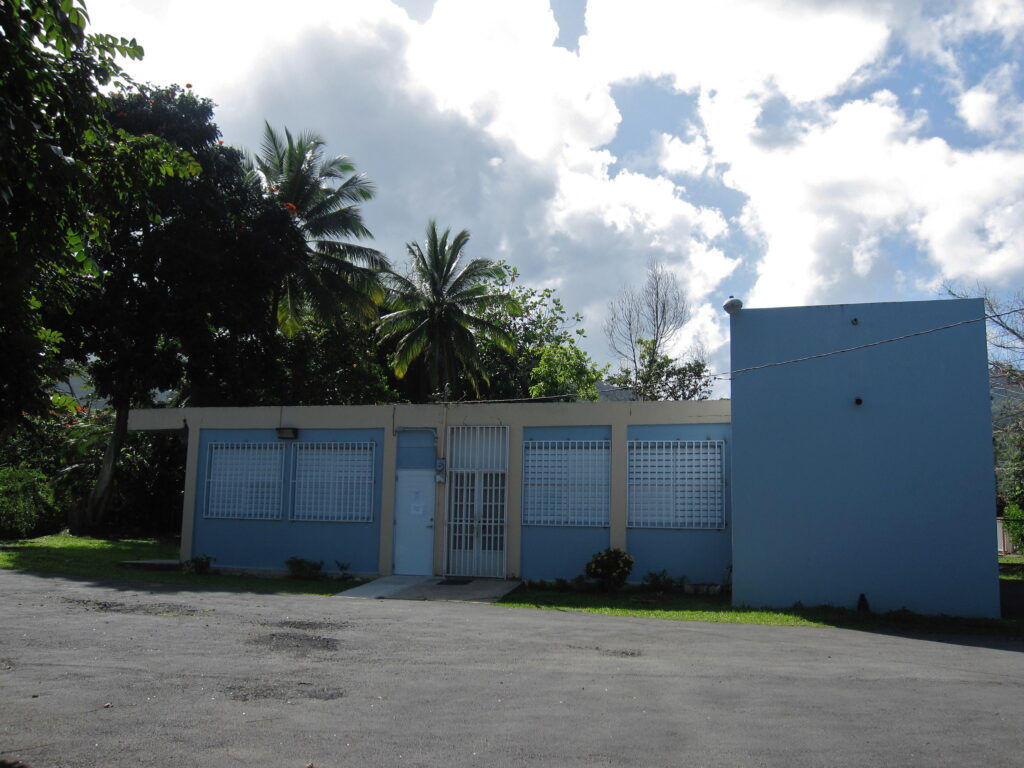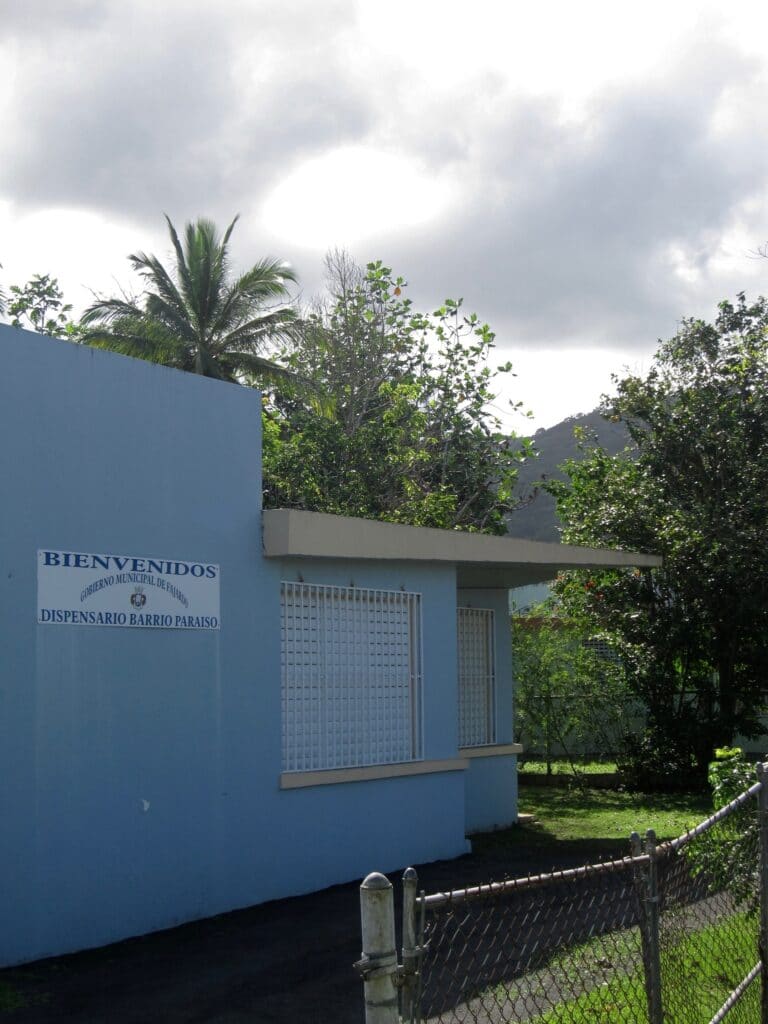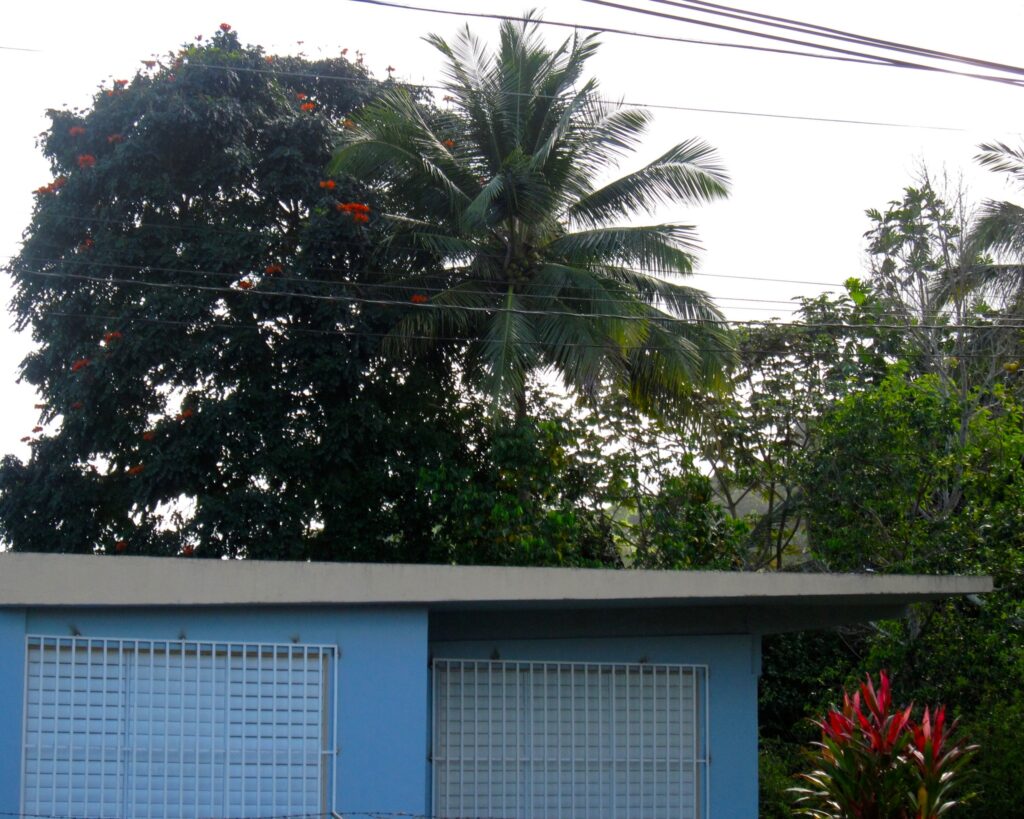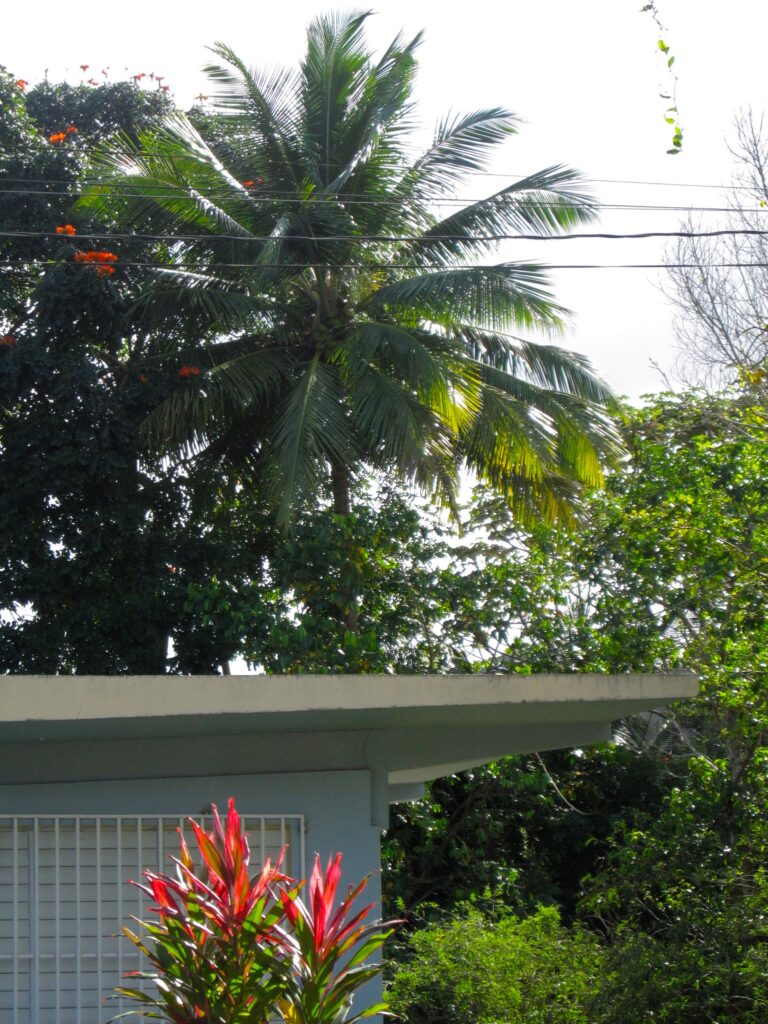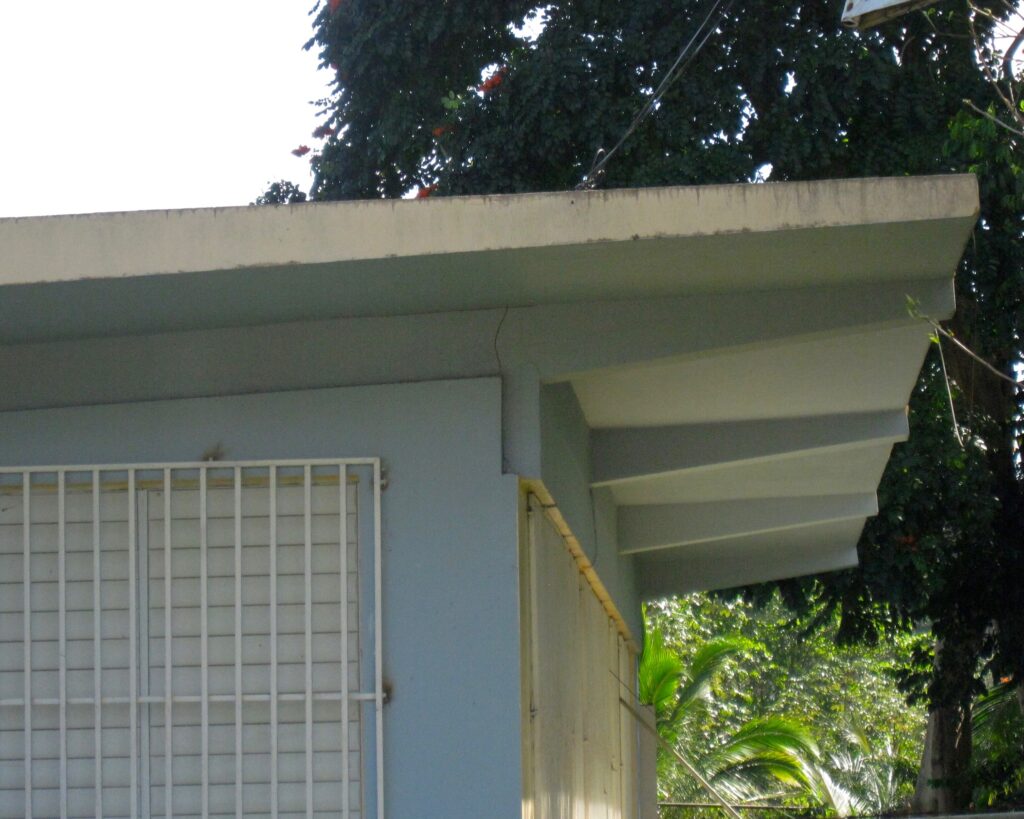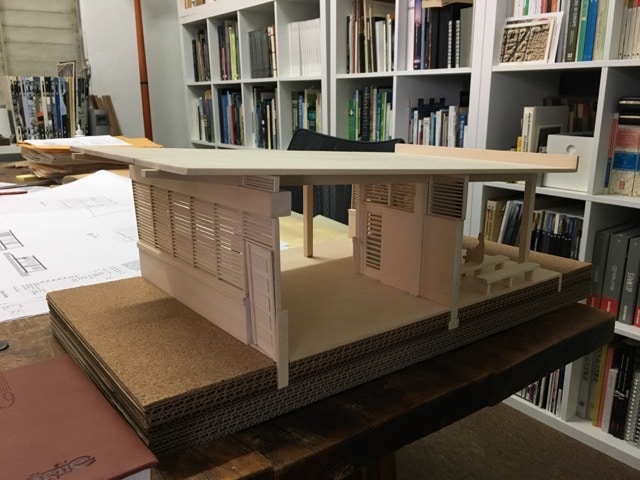Puerto Rico Rural Health Centers, Classrooms and Hospitals
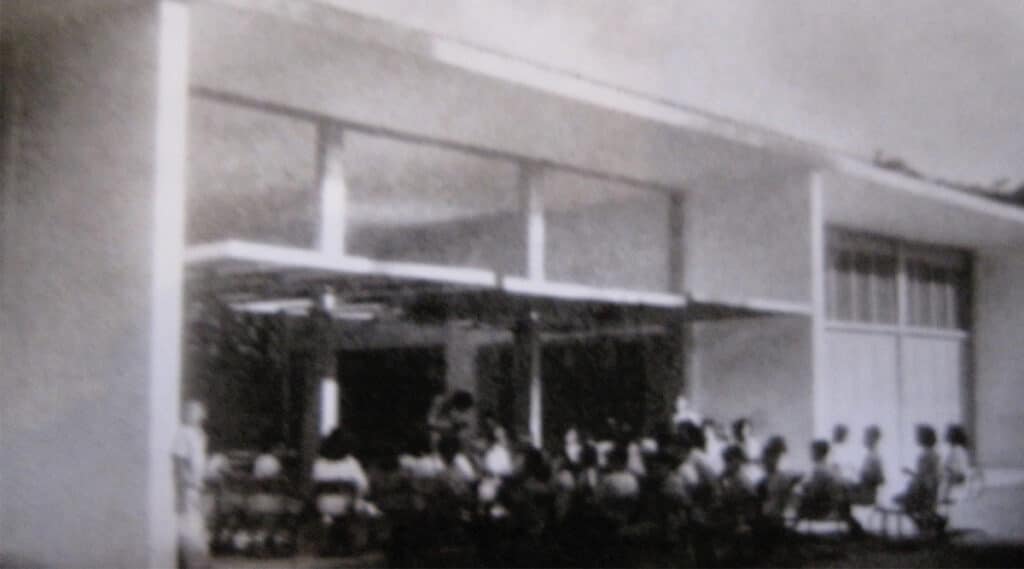
Puerto Rico Rural Health Centers, Classrooms and Hospitals
During the height of World War II Neutra obtained a significant commission in, what was then, the U.S. protectorate of Puerto Rico. Acting as an architect and/ or a consultant Neutra was tasked with eradicating the environmental conditions which had long fostered illness and poverty. In 1943 Neutra set up an office in Puerto Rico where he stayed until 1945 designing over 150 village and rural classrooms, near 130 rural health centers, nursing schools, four district hospitals with between 300 and 600 beds, and dormitory and houses for medical staff. Neutra reveled in the challenge of designing a cheap, viable architecture that could be rapidly assembled by local labor, all the while avoiding an institutional character which would have alienated the communities it intended to help.
Studying the local, social, economic, climatic and geographical conditions, Neutra sought to create institutions not only responsive to the environment and based in community need, but also ones that would naturally become communal property instead of physical vestiges of the schema of a distant, and foreign, government. Resultantly, the both classrooms and medical facilities were built with reinforced concrete to respond elastically to changes in use and personnel. Window placement allowed for light and cross currents of air to reduce air-borne bacteria. Overhangs, concrete waiting benches, covered patios and central gardens served as transitional spaces to welcome community members and gather.
Adapted from Neutra – Complete Works by Barbara Lamprecht (Taschen, 2000), p. 177.
Project Detail
Year Built
1944–45
Project Architect
Richard Neutra
